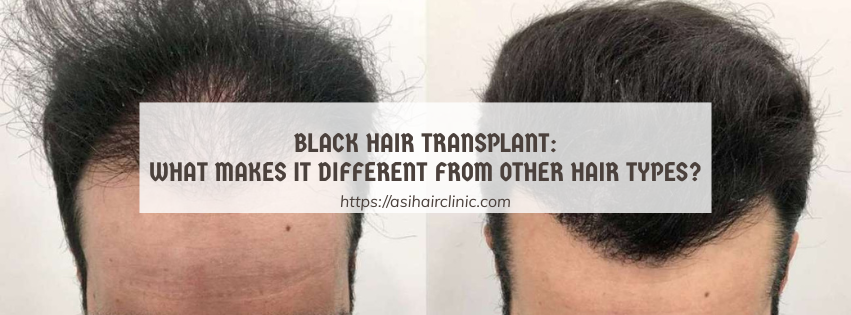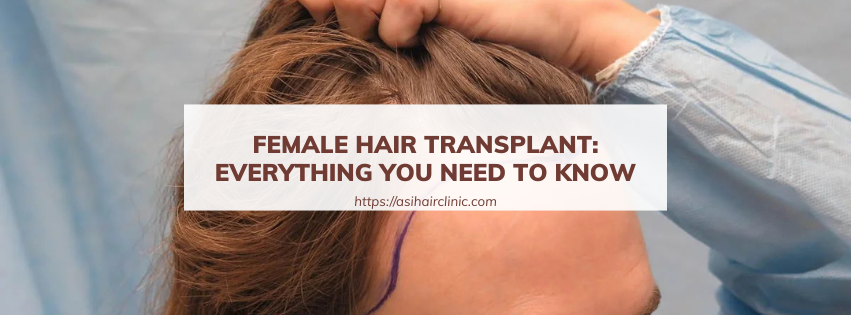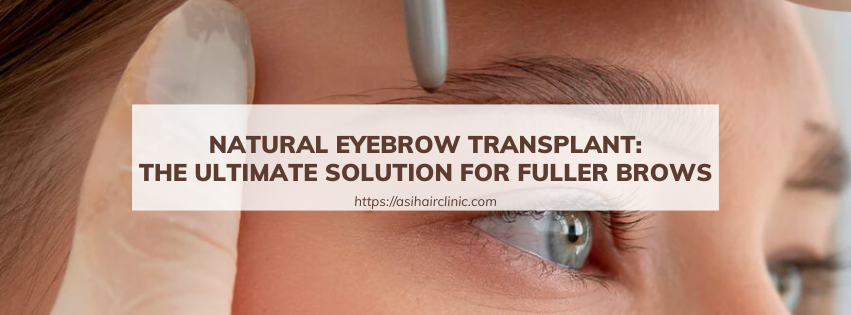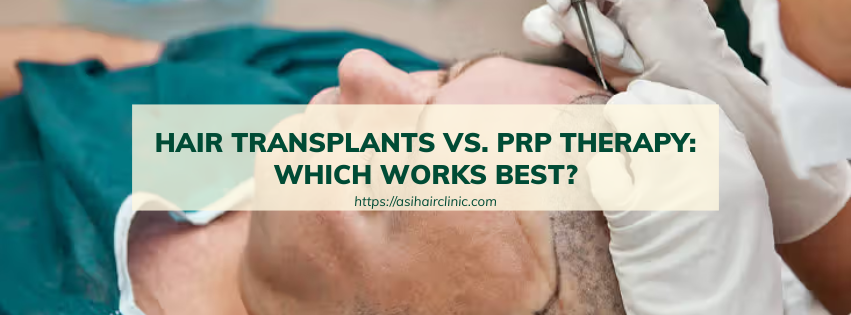Can A Hair Transplant Treat Thinning Hair?
For many individuals, hair loss transcends mere aesthetics; it can be a profound source of emotional distress that significantly impacts self-esteem and confidence. Thinning hair, in particular, can lead to a relentless search for effective solutions. While numerous products claim to restore hair growth, the reality often falls short of expectations. This is where hair transplantation emerges as a viable option, offering a more permanent solution to hair loss. However, before making any decisions regarding this procedure, it is essential to understand its intricacies, effectiveness, and whether it aligns with your personal needs. This article will provide an in-depth exploration of hair transplantation, equipping you with the knowledge necessary to make an informed choice.
1. What causes thinning hair?
The most common causes of thinning hair include:
- Hair loss conditions like female or male pattern baldness
- Age-hair naturally thins as we get older
- Poor haircare which can lead to damaged hair
- Stress and mental health conditions which can lead to stress-induced hair loss
In the early stages of hair loss, it’s not always easy to tell if your hair is thinning or if you’re paranoid. Addressing hair loss early often makes it easier to treat, so if in doubt, get a diagnosis from a hair loss specialist.
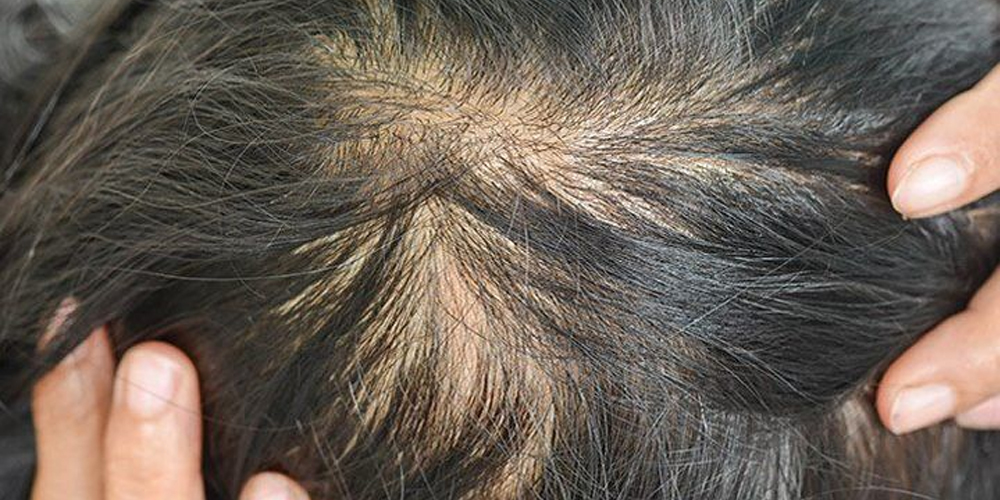
2. When to consider a hair transplant for thinning hair
Hair transplant procedures are usually suitable for the following individuals:
- Patients with genetic hair loss
- Individuals who have reconstructive needs (example, seeking a hair transplant to cover up scars)
- Individuals who seeking to repair a previous hair transplant gone wrong
- Transgendered individuals who are seeking gender-affirming hair transplant surgery.
It should be noted that the overwhelming majority of hair transplants are chosen by people with androgenetic alopecia, a type of genetic hair loss commonly known as male pattern baldness or female pattern hair loss.
Hair transplants work when hair is thinning at the root, rather than along the hair shaft. If you have long hair and you notice thinning at the ends but not at the scalp, you’re more likely to have hair breakage than true hair thinning. In these cases, a hair transplant procedure is unlikely to be effective.
3. What happens in a hair transplant procedure?
There are two types of hair transplant techniques to choose from: FUE or FUT. You and your hair transplant surgeon can choose the type of hair transplant method right for you based on your hair type, level of hair loss, and hair restoration goals.
3.1. FUE
FUE hair transplant surgeries are often the more chosen method of hair transplantation due to their quicker recovery time.
In an FUE hair transplant, the surgeon extracts hair grafts from a safe donor area where the hair follicles are healthy and not subject to genetic hair loss (this is usually the back or sides of the head).
These hair grafts are then implanted into areas of balding or thinning. This surgery takes a few hours to complete and the patient can go home afterward.

3.2. FUT
In a FUT hair transplant operation, the surgeon removes a strip of skin containing viable, healthy hair follicles from the donor site (again, this is usually the back or side of the head). The strip of skin is then divided into individual hair grafts and transplanted into areas where the hair is thinning or balding.
As a result of removing a strip of skin, the recovery time for a FUT hair transplant is longer and lasts usually 7-14 days.
In both hair transplant procedures, patients can expect to see the full growth results of their transplanted hair 12-18 months post-transplant surgery.
4. When is the right time to get a hair transplant for hair thinning?
Hair transplants are a great option for those with thinning hair. However, a hair transplant operation should always be the last resort for treating hair loss. Depending on the extent of your hair loss, there may be other non-surgical treatments you can try first to improve hair growth.
The Norwood Scale shows the progressive stages of genetic hair loss in men. The Ludwig Scale is used for women. You can use these diagrams to assess the extent of your hair loss.
Hair transplants are only usually considered for people at stage 3 or later on the Norwood Scale, or advanced stage 1 on the Ludwig Scale. If your hair loss hasn’t progressed this far, other treatments like Minoxidil or Finasteride may be worth considering first.
While it can be too early to get a hair transplant, it’s also possible to leave it too late. If you put off getting a hair transplant, your thinning may reach a stage where it’s difficult to get the coverage you need (for example, if you develop retrograde alopecia).
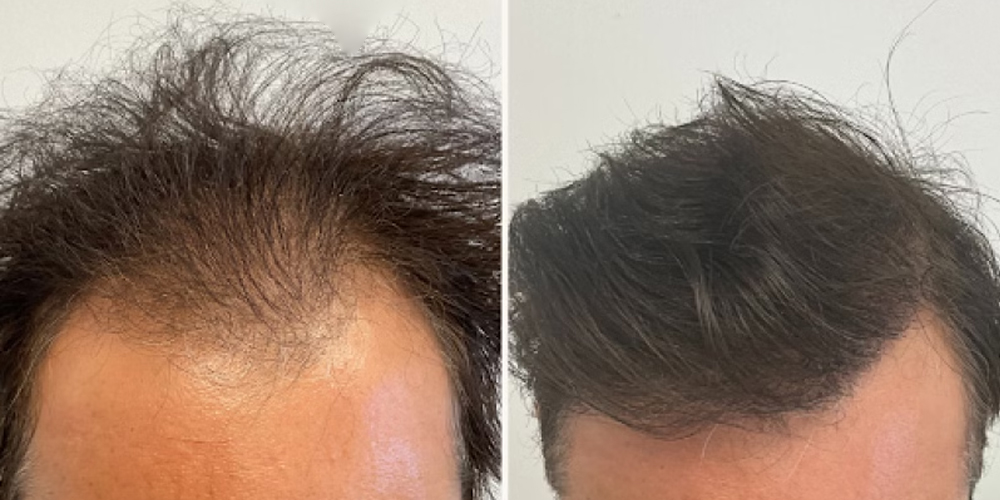
5. Can a hair transplant treat hair breakage?
Hair breakage is often mistaken for hair thinning, especially in women and people with longer hair. Breakage happens when your hair shafts get damaged, causing the ends to snap off. If this happens in large volumes, it can lead to hair looking noticeably thinner at the ends.
Hair transplants replace hair you’ve lost from the root. So if your hair follicles are healthy but your hair strands are snapping off, a hair transplant won’t make a difference.
Many hair treatments and styling practices lead to hair breakage around the crown and hairline. 40% of people who had chemical hair straightening reported their hair was thinner and weaker afterwards. More common practices, such as blow drying and using hair straighteners and curlers, also cause bulges and dents in your hair strands, as well as hair thinning.
If your hair is thinning at the ends but healthy at the roots, visit your hairdresser for a haircut to make your hair look thicker and healthier. Avoid heat styling your hair to preserve your healthy new tresses.
6. What should I do if I am considering getting a hair transplant for thinning hair?
If you are concerned about hair loss and are considering treatment, it’s important to first get an assessment and seek the advice and expertise of an experienced hair loss specialist who can diagnose and treat your thinning hair.
If you decide to pursue hair transplantation, make sure that you find a reputable clinic and hair transplant surgeon to perform it. Our advice is to first take a look at your chosen clinic’s hair transplant before and after photos and hair transplant reviews to get an idea of the results you can expect. Then speak to a reputable hair transplant consultant who will give you free, honest advice about your eligibility, and the results you can expect from your procedure.
Book a free consultation at the Aesthetic Hair Restoration to diagnose your hair loss, find out more about the hair transplant procedure, and get the answers to any hair loss consultation questions you have.
Conclusion
Hair transplantation can be an effective and permanent solution for thinning hair, offering individuals the opportunity to regain confidence and restore a youthful appearance. However, careful consideration is essential before embarking on this journey. Evaluating your hair loss pattern, consulting with a qualified surgeon, and exploring alternative options will help you determine whether hair transplantation is the right path for you. Remember, this information serves as a general guide and does not constitute medical advice. Always consult with a qualified healthcare professional for personalized guidance and treatment options tailored to your unique situation.
LATEST POSTS

